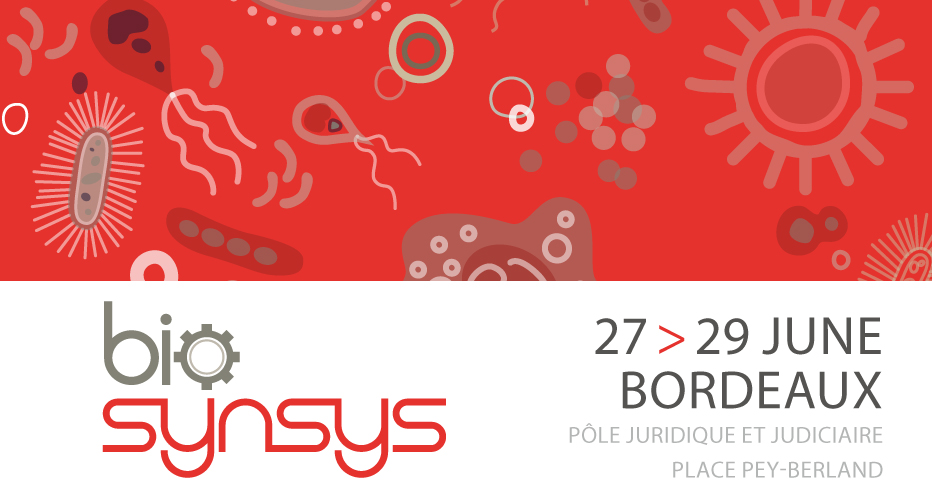Ricinoleic acid (RA) is an hydroxylated fatty acid of industrial interest currently extracted from castor oil. A microbiological alternative strategy to product RA was developed in order to overcome castorbean farming linked issues and to meet market demands.
An engineered strain of the oleaginous yeast Yarrowia lipolytica was chosen for the RA production. This strain – OleoX combines 10 deletions which maximize the pool of available oleic acid which is the substrate used for bioconversion to RA. As a result, the fatty acid composition in the chassis OleoX strain contains mainly oleic acid (>80%).
Two hydroxylases originated from castorbean (RcFAH12) or fungi (CpFAH12) were expressed in OleoX. The strain expressing CpFAH12 was able to product RA (52%), with a coproduction of linoleic acid. Using promoter 4UAS-pTEF, stronger than pTEF, led to a strain producing RA up to 65% of its total lipid content.
With the objective to optimise this chassis strain for library construction, a docking platform was introduced in OleoX strain to guide the integration of expression cassettes at a specific locus. The objectives are to improve both transformation efficiency and expression level reproducibility. This strain will be used to construct a library of mutants of FAH12.

 PDF version
PDF version
